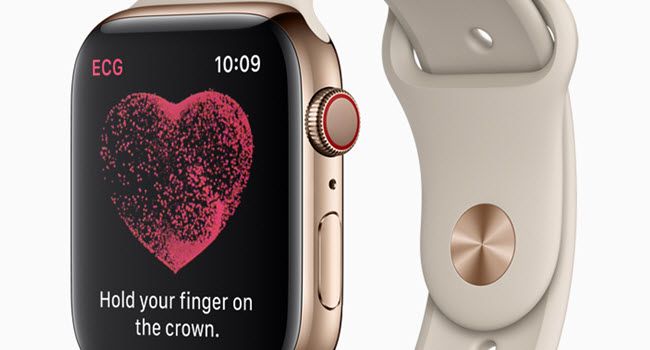March 10, 2021 — The Apple Women’s Health Study released preliminary data on Tuesday that showed a wide range of menstrual symptoms reported by users, including the most common ones — cramps, bloating, and fatigue.
The iOS Health app added period-tracking in 2019, and researchers hope the data will advance understanding around women’s health and destigmatize menstruation.
“Our study will help to achieve a more gender-equal future, in which all people with menstrual cycles have access to the health services and menstrual products needed to feel safe and empowered,” Michelle Williams, dean of the faculty at the Harvard T.H. Chan School of Public Health, which conducted the research, said in a statement.
The preliminary analysis included the first 10,000 participants who enrolled with the iPhone Research app and provided demographic data. More than 6,100 participants recorded their period symptoms, with 83% reporting abdominal cramps, followed by 63% who tracked bloating, and 61% who tracked tiredness.
About half also reported acne, appetite changes, breast pain, headaches, lower back pain, and mood swings. About a third reported constipation, diarrhea, hot flashes, nausea, ovulation pain, and changes in sleep. The frequency of symptoms was common across ages, races, ethnicities, and geographic locations.
Menstrual cycles can often shed light into someone’s overall health, but menstruation is under-researched, the Harvard researchers wrote. Small studies have often been limited and not representative of a broader population.
“Without substantial scientific data, women’s menstrual symptoms have historically lent themselves to dismissal, or have even been minimized as overreaction or oversensitivity,” the researchers wrote.
The study team will continue to analyze the data and submit a detailed report for peer review and publication in a journal.
“What researchers and physicians in the scientific community want and need to know is more about the menstrual cycle, its relation to long-term health, as well as more about what environmental factors might affect cycle length and characteristics,” Shruthi Mahalingaiah, MD, one of the lead researchers and an assistant professor of environmental, reproductive, and women’s health at Harvard, told Gizmodo.






